Throughout the 17th century, French and Portuguese colonizers in Vietnam developed a new way to write the Vietnamese language, which they would come to refer to as quốc ngữ. Until then, Vietnam written language was mainly in chữ nôm and chữ hán which preserved centuries of history and every official record.
Beneath its promise of clarity, modernity, and global connection, the rise of quốc ngữ carried the French colonial project: erase a history, and you can rewrite it.
The Speaking Place curated by Sofia Thiệu D’Amico embraces the decolonial and turns towards the right to linguistic opacity, or as Gilles Deleuze might encourage, to “set the word aflame.” In the postcolonial condition, he and Guattari note: “... there is no mother tongue, only a power takeover by a dominant language.”
The Vietnamese-American curator recalls the absence of Vietnamese from her childhood: “My family wanted me to be American, so I was not taught to speak Vietnamese as a child.” It is a story familiar to many first-generation immigrants: the trade of an identity, for the safety of blending in. And the first step is always to speak another language.
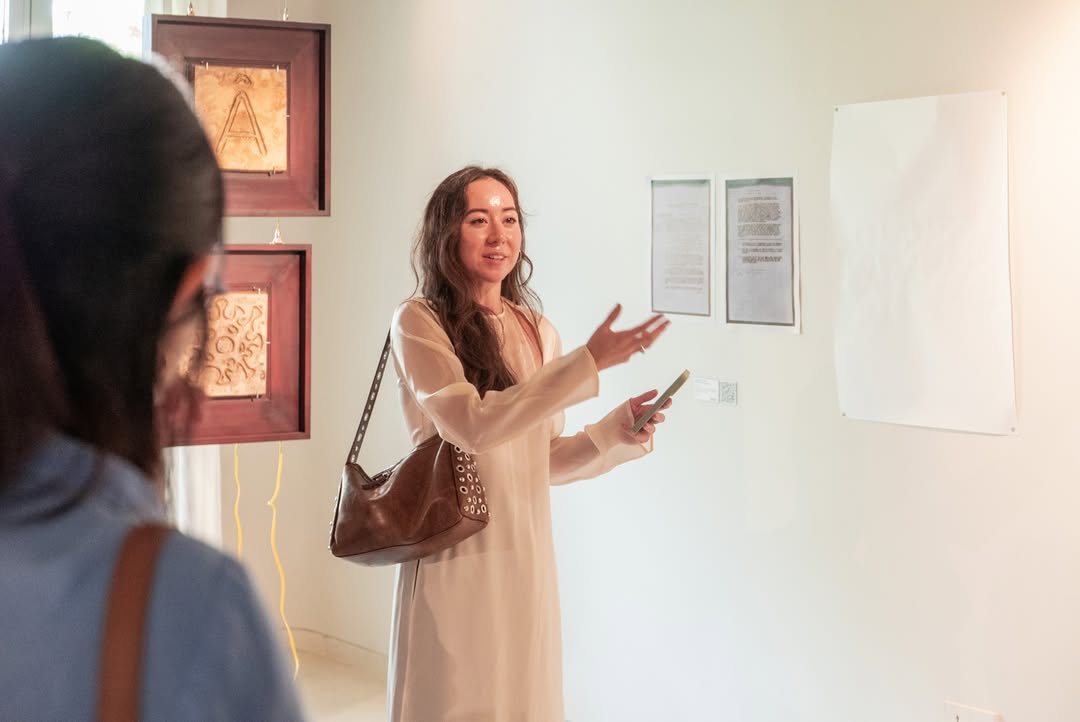
The exhibition explores the Vietnamese language through the eyes of an “outsider”, one that is learning Vietnamese. “I don’t want to feel I have a right to claim experiences that aren’t mine, to have to understand or know everything, or constantly be an insider to knowledge,” Sofia shares.
“Inevitably, a project that analyzes histories and interpretations of the Vietnamese language is also an unpacking of generations of Vietnamese experiences, including myself and my familial history.”
Through the works of Danh Vo, Huong Ngo, Jacqueline Hoang Nguyen, Pham Ngoc Duong, Truong Tan, Uu Dam Tran Nguyen, this showcase proposes the unknowability and untranslatability of Vietnamese cultural and linguistic histories—written, oral, and poetic.
THÍCH (Words Can Burn)
The series THÍCH (Words Can Burn) is a prime example, in which Uu Dam embeds ceramic plates with heat-conductive coil wires reminiscent of the old electric stoves in 70s and 80s Vietnam of Uu Dam’s childhood, their crackling, ambient heat emanating in the space. The 36 hot ceramic plates each represent a letter of the complete Vietnamese alphabet: a meditation on the capacity for language, over brute force, to inflict deep and long-lasting damage on the psyche.
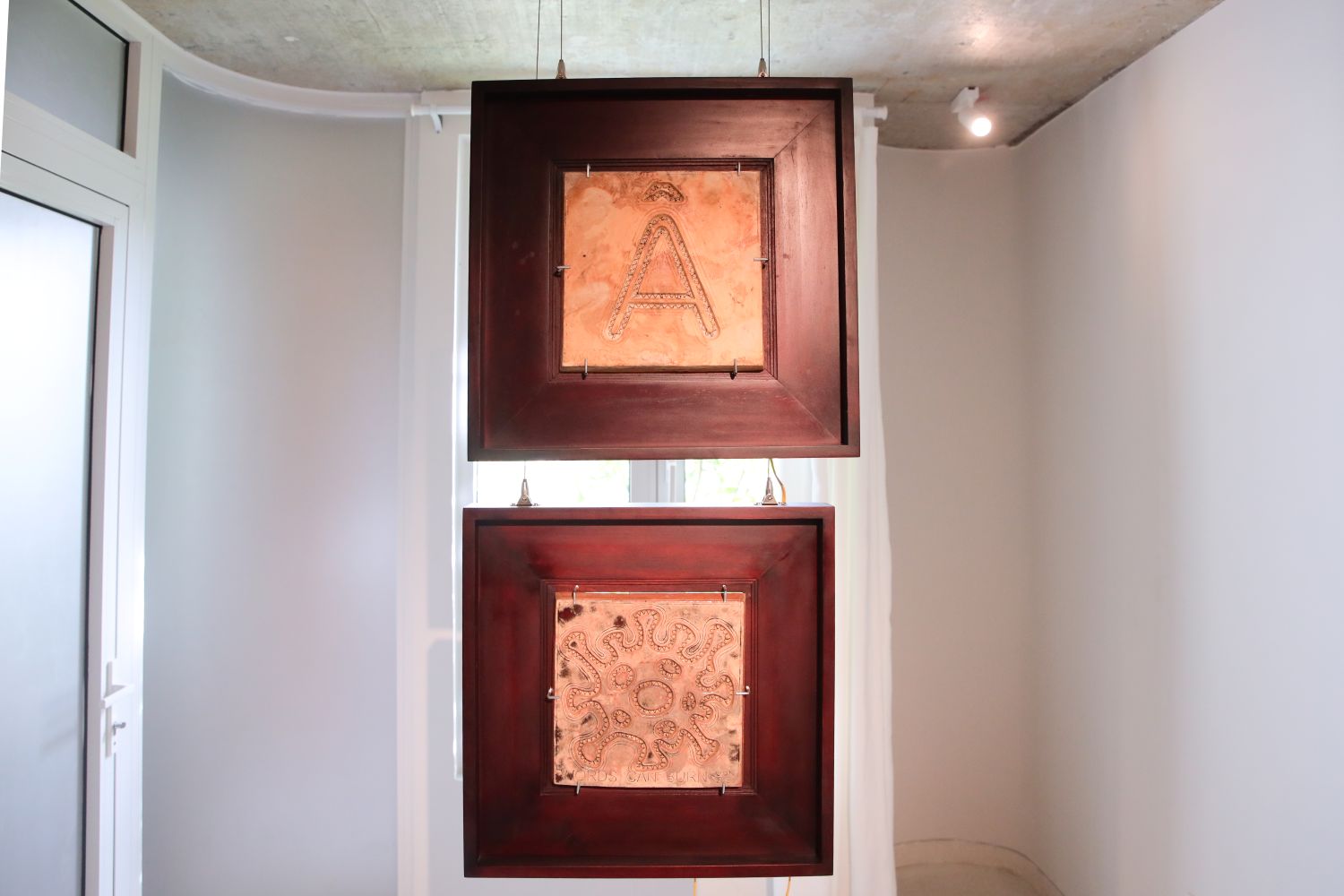
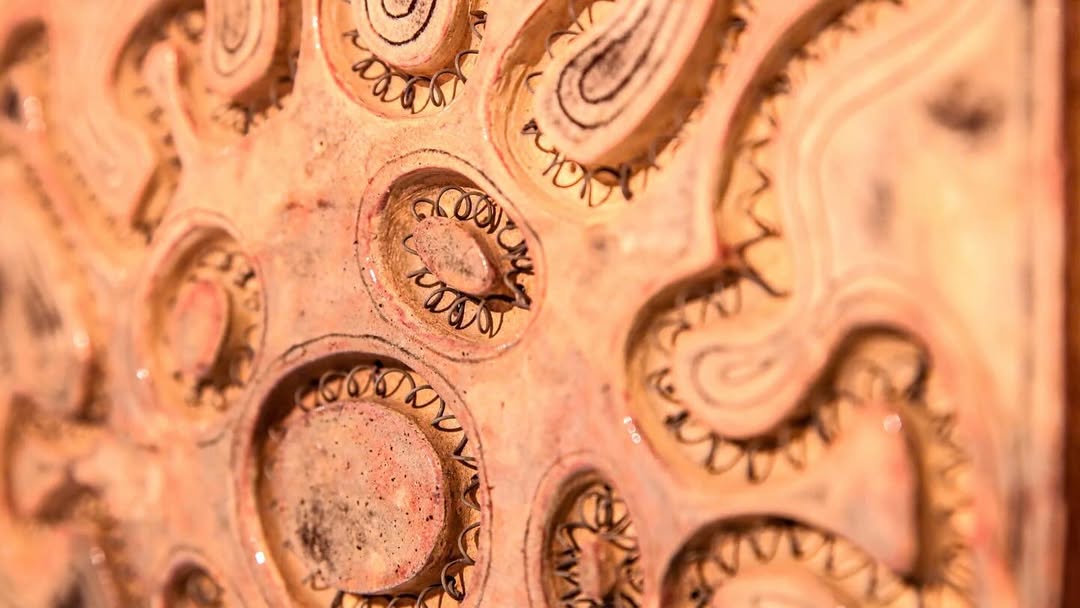
Seemingly innocent letters form words, words form sentences, printed or spoken out, some of their combinations can inflict pain on one badly. “Words that damage one’s soul can be as powerful as burning iron pressed on human skin,” notes the artist.
The element of heat and danger, to Uu Dam, is perhaps an essential component of aesthetic appreciation. As with notions of the “sublime,” experienced especially in natural features like storms or cliffs whose sheer power and ability to destroy inspire awe, THÍCH (Words Can Burn) locates aesthetic experience in the act of language. As the coils burn red, the works ask viewers to behold the raw power of words.

Up Against the State
In Up Against the State, Hương Ngô revives an encryption method once used by Nguyễn Thị Minh Khai—the revolutionary leader of the Indochinese Communist Party in the 1930s—and her anticolonial allies to evade colonial censors. Invisible ink made from boiled rice water, legible only with iodine, carried their words across borders of surveillance.
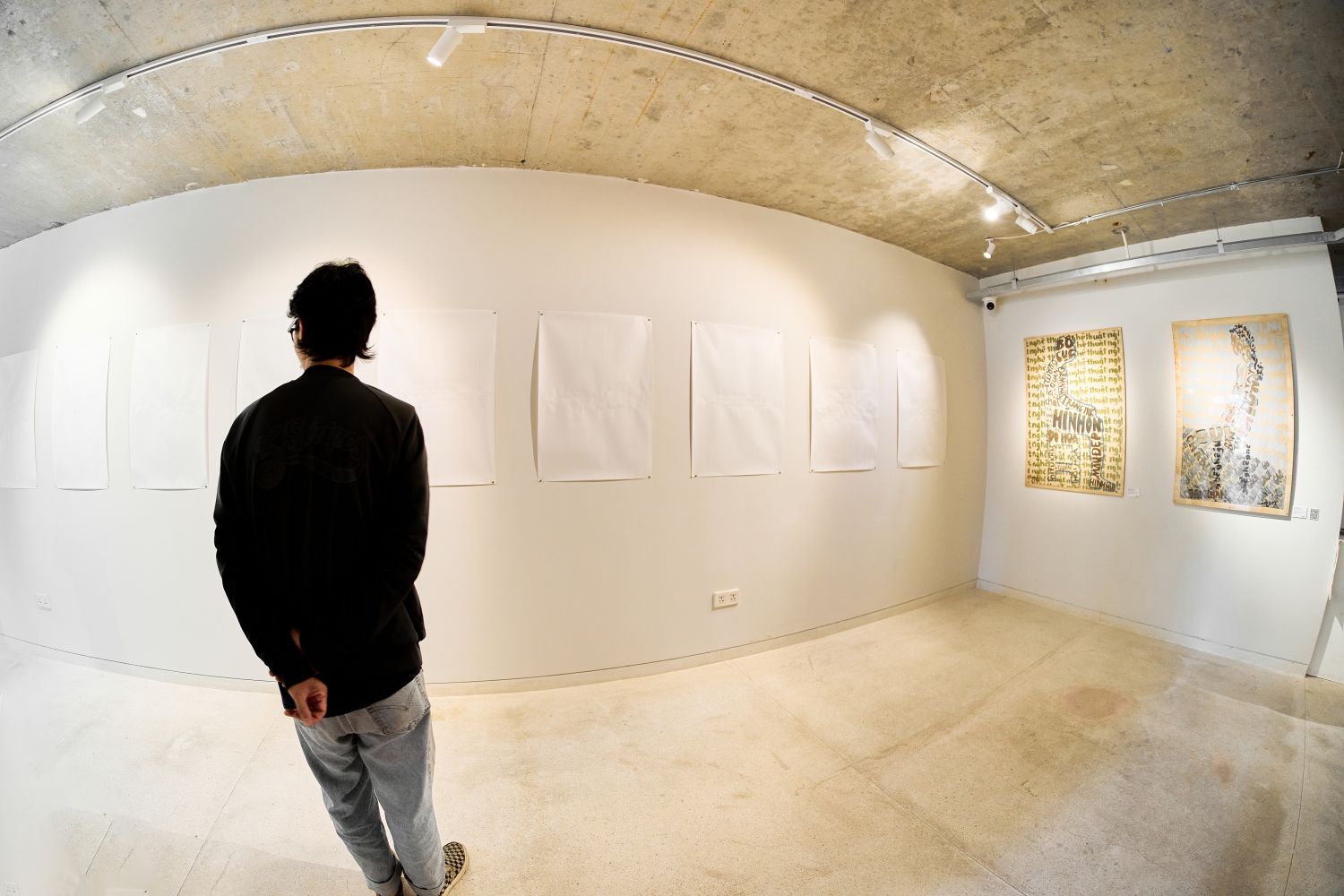
Mounted on the wall, the letters remain encrypted, their secrecy intact. Written in invisible ink, they speak to the paradox of female voices in struggle: fighting to be heard, yet compelled to stay hidden.

2.2.1861
2.2.1861 is an ongoing collaboration between artist Danh Võ and his father, Phung Võ. During a Paris residency in 2009, Danh discovered the final letter written by French missionary Jean-Théophane Vénard before his execution in Vietnam in 1861. Addressed to Vénard’s father, the farewell text became the basis of the work: Danh asked his own father—then a calligrapher in Denmark—to hand-copy the French letter in his script.

D’Amico suggests that “the work can be read as an act of anti-translation or a gesture of opacity.” But can it be considered a refusal when comprehension never existed in the first place? Phung cannot read French; the letters he copies are already illegible, images rather than words. To call it refusal assumes an ability to understand and then withhold, when here there is only the absence of comprehension. Perhaps the refusal lies in the very act of copying — in Phung’s lack of need, or desire, to understand at all. Languages, in this sense, become merely decorative.
The exhibition also showcases Trương Tân’s untitled work, a series of 7 drawings on dó paper drawn from Radulovic’s archive, offering a glimpse into the dawn of Vietnamese contemporary art history.
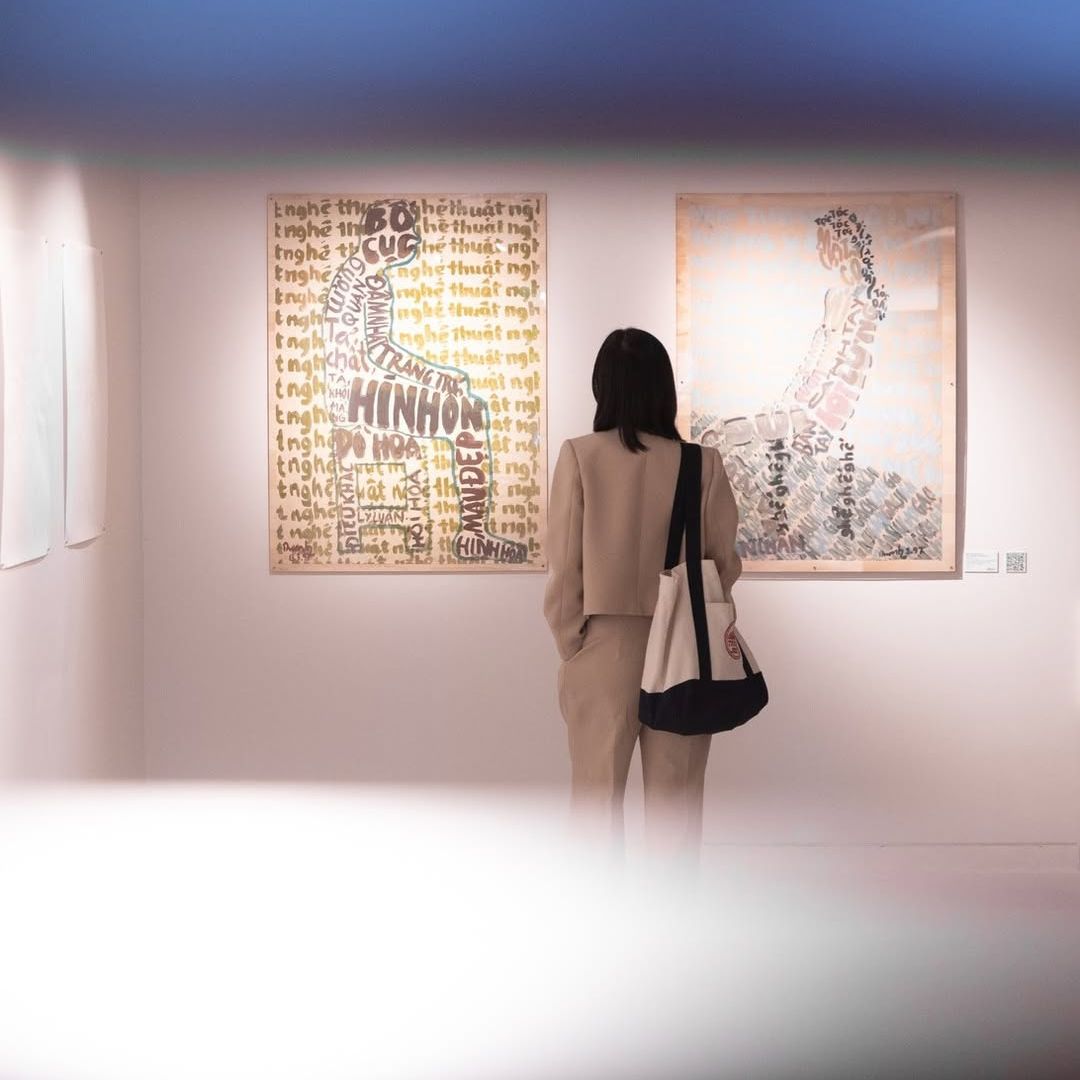
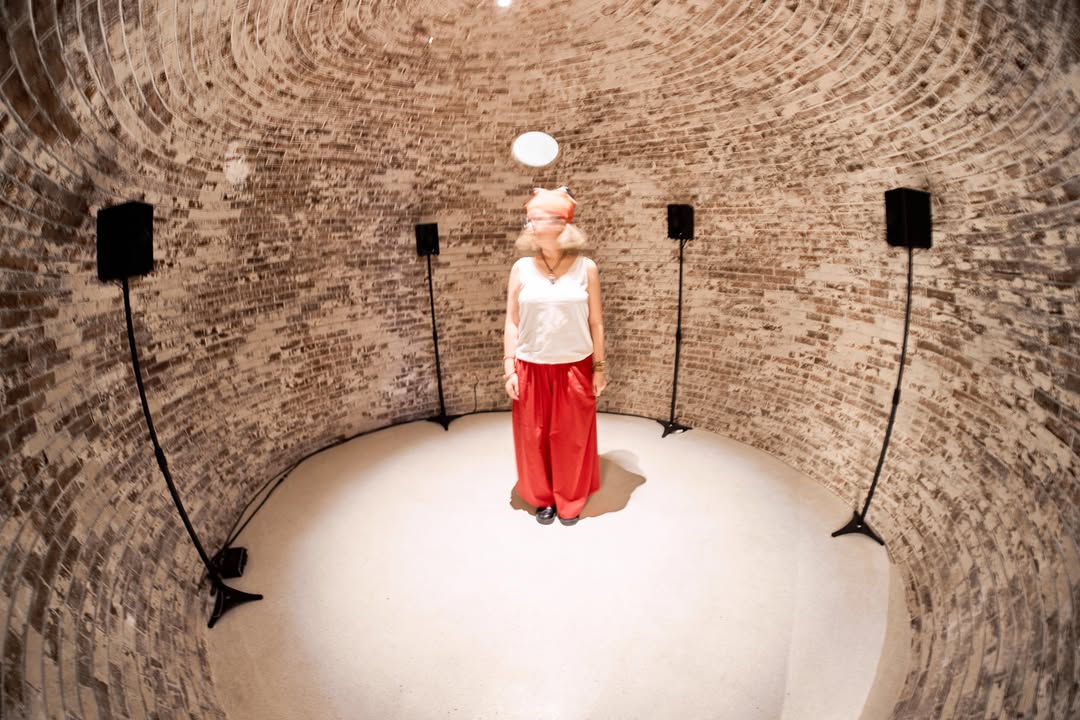
Featuring more overseas Vietnamese than those living in Vietnam, the show is intentionally international in its scope. Danh Võ, Ưu Đàm, Phạm Ngọc Dương, and Trương Tân were born in Vietnam. Hương Ngô, born in Hong Kong, now lives in Chicago. Jacqueline Hoàng Nguyễn was born in Montreal and lives in Stockholm. Trương Tân resides in France, Danh Võ primarily in Germany. Only Ưu Đàm and Phạm Ngọc Dương remain in Vietnam.
“At the core, I think bringing a diverse group of artists from global contexts together, both local and diaspora, around a singular topic of Vietnamese language enriches the dialogue,” says D’Amico. Their relationships to the language are fractured and varied: some spoke it at home since birth, others arrived at it later, alone, through study. For some, Tiếng Việt is a vessel of memory, family, lineage. For others, it becomes a weapon.
And with all its rights to opacity, The Speaking Place is an invitation to explore Tiếng Việt in all its forms—across temporalities, histories, geographies, and media.
